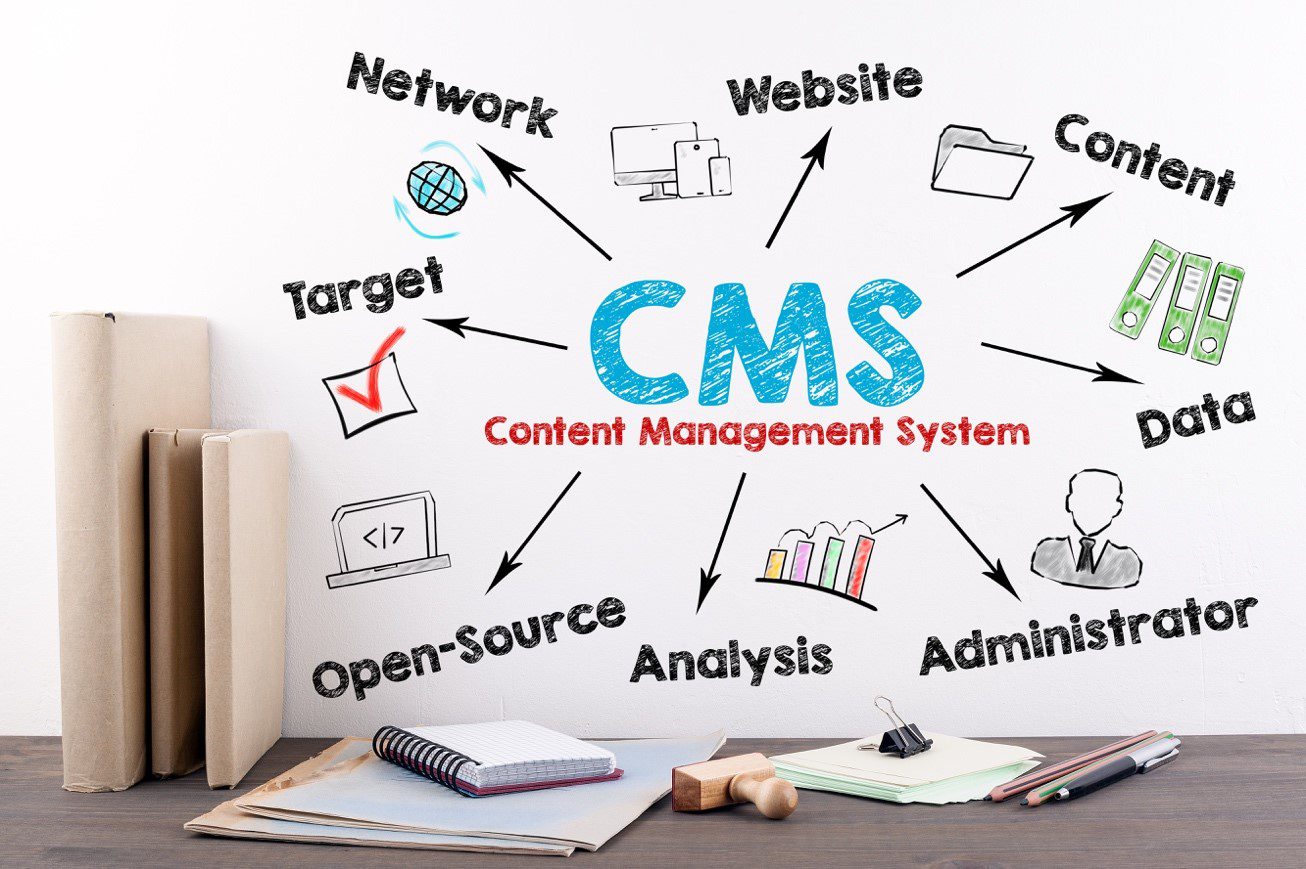
A content management system (CMS) is often perceived as a magic bullet designed to solve all content and enterprise application problems. In reality, though, a CMS isn’t enough to address wide-ranging issues pertaining to these fields.
Several website owners and software developers have started to hate their CMS because it hasn’t delivered on their unrealistic expectations.
Many organizations acquire CMSs hoping to solve a series of issues involving their content production and delivery. However, then, a CMS tends to solve only a handful of problems and introduce more. In today’s post, we’re going to focus on the dangers of using a CMS to build your enterprise content management system.
However, before we look at the risks associated with the use of content management systems, let’s take five seconds to understand the meaning of enterprise applications and content management systems. Understanding these terms is essential for us to read from the same page as we dive deep into the details of this subject matter. So, what’s a CMS?
A CMS is a system designed to solve the problem of managing content. The purported content is typically in the form of textual information such as wiki entries, blog posts, product documentation, and much more. These systems can effectively manage content for millions of websites within a corporate setup.
An enterprise application refers to large and (obviously) complex software designed for use in a corporate setting. Such an application needs to be secure, scalable, distributable, and mission-critical. A reliable enterprise application can solve many enterprise-class problems like storage, management, and processing of huge chunks of sensitive data.
Yes. An enterprise application and CMS have a couple of features in common. These include the following:
CMS systems have built-in user management that entices application developers to use them as a foundation to build on their projects. Top enterprise content management systems have many tantalizing elements including HTML rendering, database reading patterns, the use of skins and themes, and the use of forms to collect user information.
The other feature that appears tempting to app developers is the CMS’s huge libraries of plugins. Whereas most of these plugins are inclined to the content management realm, others simply venture into the enterprise space. So, why are you discouraged to use a CMS as your enterprise content management solution? Below are the threats it can pose.
A CMS highlights architectural dissonance stemming from the original goal it was designed for, and might not be ideal for use in ECM software development. Instead, it’s appropriate for building websites, simple web applications, and rapid prototypes. Its specific architectures are aligned with these goals.
Building an enterprise application using the wrong architecture is like building a house on a weak foundation. It’ll fall sooner rather than later. An enterprise application built on the foundation of a CMS will exhibit the following dangers:

A CMS is comprised of a ton of unnecessary baggage. It highlights several useless execution paths, which must be evaluated to achieve the specific goals of your business. Caching is the only answer to these CMS performance problems.

However, caching is a solution that works only for content management whereby a single application controls the information. Using caching may not suffice in an enterprise environment because the information comes from different systems rendering the solution to break down. Caching isn’t a silver bullet for corporate performance hitches, hence needs careful handling in an enterprise application.
A CMS cannot manage corporate data securely. It may not provide data access and security patterns that meet and surpass the industry expectations and standards. For instance, content management systems are known for common web application susceptibilities such as SQL injection, CSRF, and XSS attacks.
Nothing is as notoriously complex as enterprise applications. You’ll need to employ sound software design patterns along with enterprise architectures to successfully compress, abstract, and manage its complexity. Common CMSs are devoid of these principles because the simplistic world of content management doesn’t require the use of these patterns.

Building an enterprise application without these techniques is perilous. The reason is that the project you’re building will result in a fragile application, which will rapidly mire in maintenance expenses.
A typical CMS accommodates the user and role management. On the other hand, enterprise systems integrate enterprise user management including such things as Active Directory, Single Sign-On, and LDAP among others.
As you can see, CMSs will not be of help here, and it’s almost impossible to tweak their user management to work effectively. This is a clear depiction that CMS, in this perspective, is working against your intention.
It would be best if you didn’t miss out on building your enterprise application due to your lack of expertise or something of that sort. You deserve better; don’t you?

It’s quite fortunate that the world today has changed and there’s a solution for virtually every problem out there. There are many custom software development companies worldwide with decades of experience in building enterprise applications. Custom .Net is better than CMS because everything has been laid out and you don’t need to reinvent the wheel from scratch.
Hiring the right development company is a sure way to get a tried and tested enterprise application framework such as those provided by .Net (WCF, EF, and Unity). .Net Development Company offers giant libraries alongside excellent tools to get you started. This custom software development company also provides tried-and-true architectural patterns, layering, and abstractions to avoid the dangers highlighted above. Each framework supplied by offshore .net development comes with solid documentation in addition to an illustration of best practices for creating an enterprise-grade application. Each of the frameworks also includes libraries and tools for simple integration of other enterprise software.
.Net Development Company assures you of the following:
Custom .Net development guarantees a vast pool of experts who possess incredible skills and aptitude in enterprise application-building technologies. These are engineers who use proven technologies to build your enterprise application on the right architecture.
There is no denying that using top enterprise content management systems to build your enterprise applications will give you a perfect quick start. The problem, however, is that a CMS will ultimately drag your project over time.
Moreover, your dream enterprise applications will likely turn into an insecure, lethargic, and maintenance nightmare. Build your enterprise software on a more secure foundation. Leverage the frameworks offered by .Net Development Company and stay off the temptations of simplicity.

Learn how Mitrix Technology composes the best teams to design intuitive and visually consistent e-learning solutions.

Mitrix Technology shares its proven record of delivering school and learning management software for a Swiss private school.